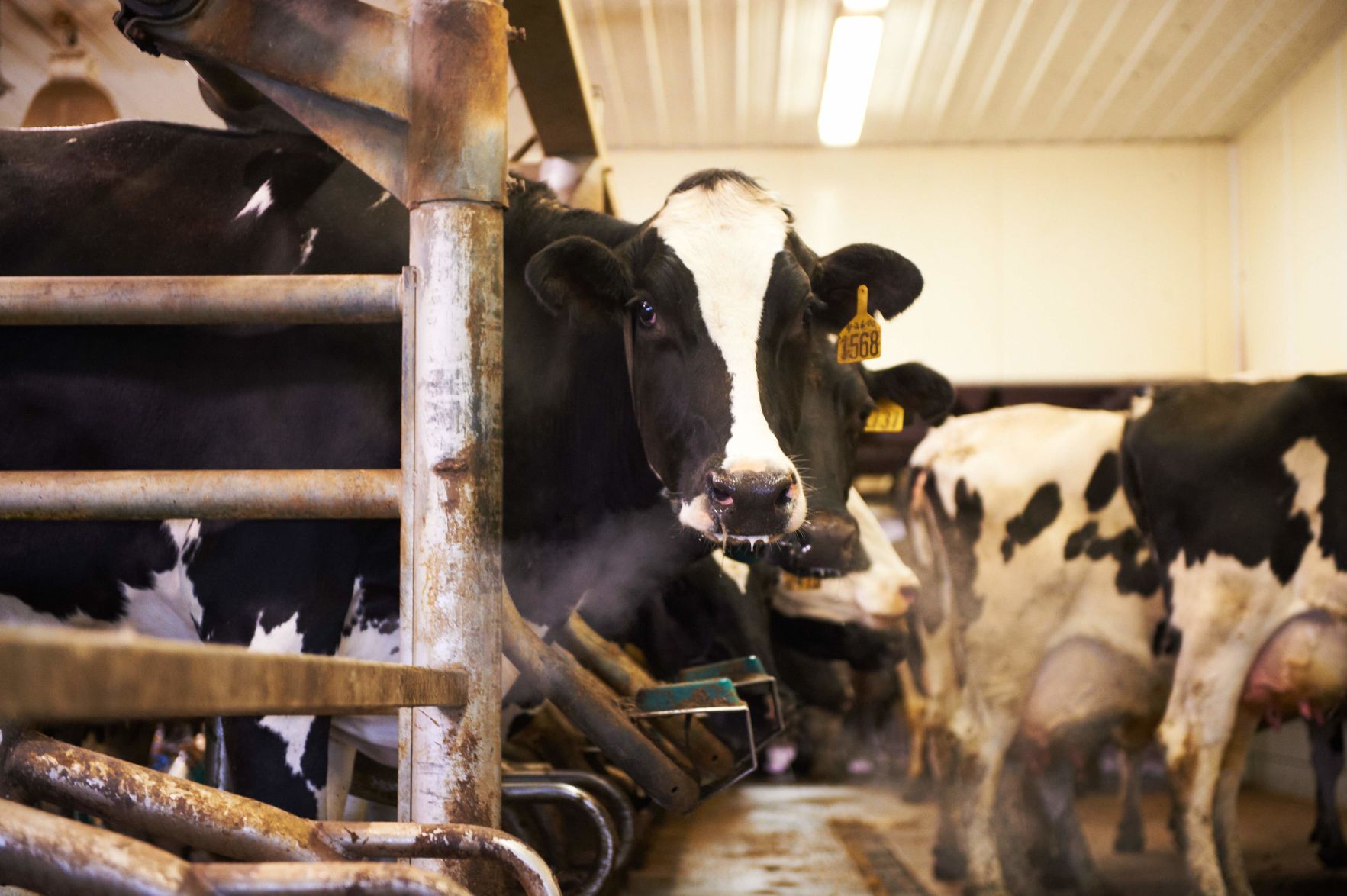Keep milk quality high when the temperatures drop
Break out the hand warmers, wool socks and boot dryers—winter is here. Just as you adapt your winter routine to care for your herd, you should also adjust your routines in and around the parlor. Step into winter on the right foot and ensure udder health, production and operation efficiency doesn’t skip a beat.
Winter is making an earlier appearance in some regions of the country,” says Keith Engel, hygiene and supplies specialist, GEA. “Now is a great time to review your milking system and protocols to ensure your farm, employees and cows are ready.
1. Evaluate vacuum, pulsation and automatic take-off settings.
Teat end health is more at risk during cold and fluctuating weather. It is important to make sure your equipment is optimized with the proper settings.
“Match vacuum settings and pulsation to your herd’s production and the liners you’re using,” says Engel. “And make sure automatic take-off settings consistently remove the unit at the proper take-off threshold to avoid milking during periods of low milk flow. Settings out of range for your milking system and herd, combined with cold temperatures can be a recipe for teat end damage, compromising udder health.”
2. Protect parlor entrance and exit areas.
Ice and frozen manure in parlor entrance and exit areas can cause slippery walkways for cows, impact parlor flow, and put cows and people at risk of injury.
“If ice and frozen manure accumulates, help eliminate the obstacle by scraping the return lane every hour in extreme cold,” says Engel. “Spread lime or sand in cow traffic areas to ensure traction and prevent cow injury.”
3. Implement a winter teat dip.
Start using a post-dip with a higher level of emollients to protect, heal and soften teat skin early. High-emollient post-dip should be used as soon as the temperature is near freezing.
“A good winter teat dip with high emollients will remain fluid when temperatures drop well below zero,” says Engel. “It should also include an effective germicide proven to kill mastitis-causing bacteria and protect teat health.”
4. Take care of your employees.
Make sure milkers have proper winter gear for protection and gear to keep milking sanitary like milking sleeves and gloves. A heat source in the parlor area can also help keep employees comfortable during milking. If your employees commute to the farm, encourage them to be mindful of longer drive times.
“Remind your employees to plan for extra travel time,” says Engel. “Work with your team to adjust their schedules to arrive 30 minutes early for their shift. Have backup milkers in case winter conditions prevent an employee from getting to the farm.”
5. Pay attention to your hoses.
Having warm water and sanitizer in your drop hoses keeps the parlor and milking units clean. Also, watch closely for hose leaks.
“A leaky hose in warm weather might not be a big deal, but in winter it can quickly become an issue,” says Engel. “Look for leaks in your water hoses and quickly remedy leaks to help prevent ice buildup in and around the parlor.”
6. Keep the supply room warm.
Monitor the temperature of your supply and equipment rooms, especially if you’re storing teat dips and blending ingredients for teat-scrubbing systems there.
“Try to keep supply and equipment rooms at 50 degrees Fahrenheit or above,” says Engel. “Ensure all doors have proper seals to prevent cold drafts and hygiene products from freezing.”
7. Take caution when warming teat dippers.
If you warm up teat dippers in a bucket of hot water, take steps to ensure water doesn’t mix with teat dip by keeping water levels below where the container seals.
“Water in teat dip can reduce dip effectiveness, increasing the chance for mastitis-causing pathogens to spread,” says Engel.
8. Measure water temperature.
Ensure the amount of hot water available on your dairy is adequate by monitoring wash cycles. When it’s cold, hot water can drop 10 degrees lower or more than other seasons.
“The water draining temperature from a CIP system should be 120 degrees Fahrenheit or higher,” says Engel. “By ensuring there is enough hot water for the system, you can be confident it is helping maintain proper hygiene.”
Make your transition to a winter milking routine seamless by working with your milk quality and hygiene specialist to get your parlor winter ready.
For more information on GEA hygiene products, contact your local GEA dealer or visit gea.com.


